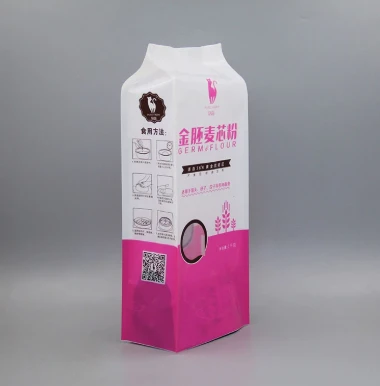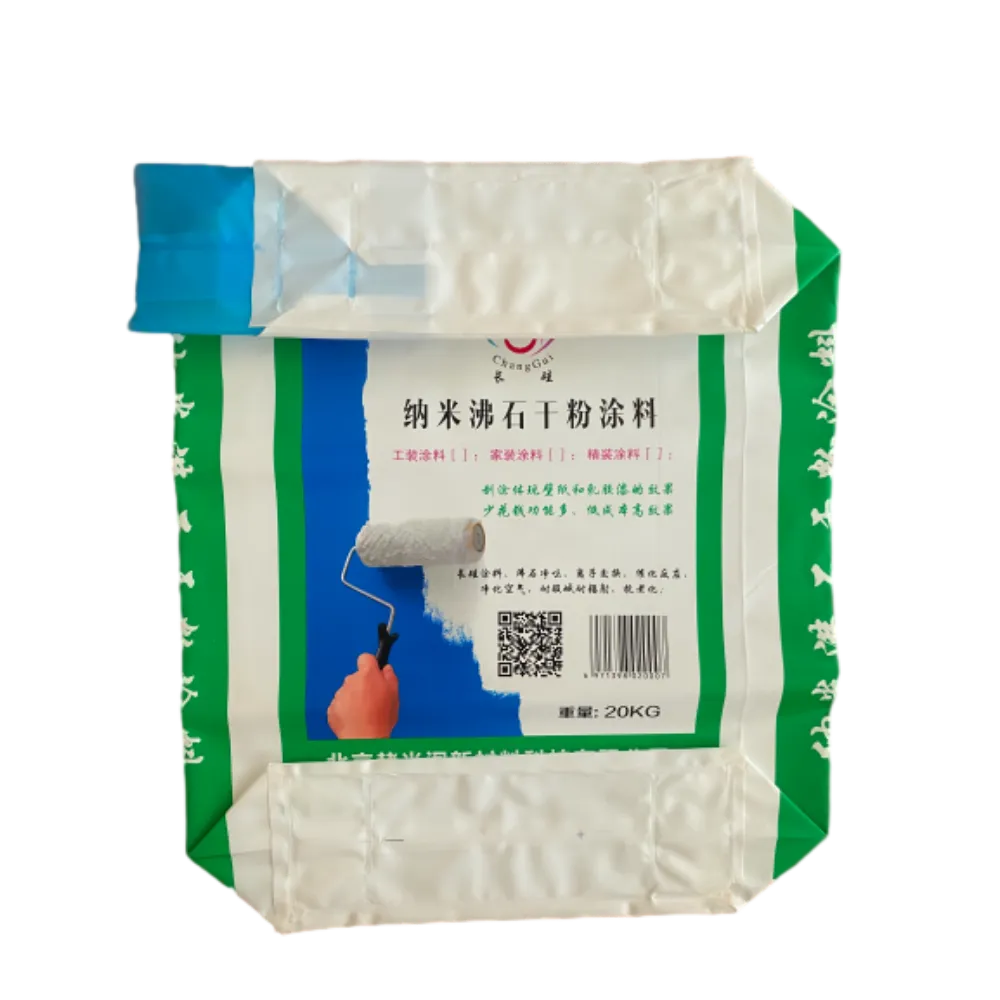- Market trends driving packaging innovation
- Material science breakthroughs in protective solutions
- Performance comparison of leading manufacturers
- Customization options for brand differentiation
- Successful case studies from major pet food producers
- Sustainability initiatives reshaping the industry
- Emerging technologies in protective containment

(wet pet food packaging)
The Rising Significance of Wet Pet Food Packaging
The global market for animal nutrition containment solutions reached $9.2 billion in 2023, with wet food formats growing at 7.3% annually according to PMMI's latest report. This expansion directly correlates to evolving containment requirements for moisture-rich formulations containing meat chunks, gravies, and delicate nutrients that demand specialized barriers. Shelf life extension remains paramount, as improper protection causes vitamin degradation within 90 days. Major manufacturers now invest 14-18% of R&D budgets specifically in barrier technologies, recognizing that premium containment directly influences purchase decisions for 68% of premium segment buyers.
Material Science Advancements in Pouch Systems
Five-layer co-extruded structures have become the technical standard, combining polypropylene's structural integrity with specialized ethylene copolymers for oxygen barriers. The latest 9μm aluminum oxide coatings achieve oxygen transmission rates below 0.5 cc/m²/day - a 62% improvement versus previous generations. During filling operations, modified atmospheric packaging (MAP) technology now maintains consistent nitrogen flushing at line speeds exceeding 180 pouches/minute. Crucially, seal integrity withstands thermal processing at 265°F for extended durations, with sealant layers incorporating metallocene-catalyzed resins that demonstrate 40% greater puncture resistance against bone fragments.
Supplier Capability Comparison Analysis
| Supplier |
Max Layers |
OTR (cc/m²/day) |
Shelf Life |
Retort Resistance |
| Amcor |
7 |
0.35 |
36 months |
285°F |
| Constantia Flexibles |
5 |
0.51 |
30 months |
275°F |
| ProAmpac |
6 |
0.43 |
33 months |
280°F |
| Coveris |
5 |
0.62 |
28 months |
270°F |
Note: OTR = Oxygen Transmission Rate measured at 73°F & 0% RH
Specialized Configuration Development
Leading converters now offer engineered solutions addressing market segmentation requirements. For premium brands, die-cut aluminum tear notches achieve 99.8% openability success versus senior consumers' grip strength limitations. Stand-up configurations feature patented bottom gussets maintaining structural integrity at net weights up to 180g. Graphics reproduction capabilities now achieve 95% Pantone gamut coverage using high-definition rotogravure cylinders. Functionality enhancements include integrated spoon compartments molded directly into the lidding film and QR code integration in the reverse printing layer for authentication tracking.
Production System Implementation Cases
Purina's European facilities achieved 30% material reduction through adoption of thinner yet higher-barrier structures without compromising durability. The PrimePouch™ format features redesigned shoulder angles enabling faster filling at 17% increased line efficiency. Similarly, Hill's Pet Nutrition reduced packaging waste 28% after switching to pre-applied linerless labels during pouch manufacture. Most significantly, Mars Petcare's retrofit of high-speed VFFS equipment handling 400 units/minute demonstrated near-perfect 99.96% seal integrity across three million pouches during validation trials. These implementations consistently demonstrate ROI within 11-18 months according to operational data collected at scale.
Resource Efficiency Initiatives
Lifecycle assessments now drive material decisions, with recyclable mono-material PP structures gaining commercial traction despite 15-20% cost premiums. Recent EIA data indicates the industry reduced virgin plastic consumption by 38,000 metric tons annually through PCR incorporation mandates. Barrier coating technologies now utilize 40% less aluminum while maintaining performance, and water-based adhesives decreased VOC emissions by 92% versus solvent-based predecessors. Major brand commitments include Mars' pledge for fully recyclable designs by 2025 and Nestlé Purina's transition to 30% PCR content across all wet offerings by Q3 2024.
Future Trajectory for Wet Pet Food Packaging
Emerging active containment technologies like oxygen scavenging films could extend product freshness parameters beyond current limitations. At-scale trials of intelligent containment systems with printed freshness indicators show promise, with 94% consumer accuracy in spoilage detection during focus group validation. Flexible containment formats will continue gaining market share, projected to comprise 74% of the $13.8 billion premium segment by 2028 according to Smithers Pira. The convergence of sustainability requirements and functionality enhancements positions wet pet food packaging
as a critical differentiator in the competitive animal nutrition marketplace.

(wet pet food packaging)
FAQS on wet pet food packaging
Q: What materials are used in wet pet food packaging?
A: Wet pet food pouches typically use multi-layer flexible films combining polyester, aluminum foil, and polyethylene. This layered structure blocks oxygen and light to prevent spoilage while ensuring tear resistance. All materials comply with FDA/EC food-contact safety regulations for pet products.
Q: Why choose flexible packaging for wet pet food?
A: Flexible packaging reduces weight by up to 80% compared to cans, lowering shipping costs and carbon footprint. Its resealable zippers and stand-up designs improve convenience and portion control. Advanced barriers also extend shelf life without preservatives.
Q: How sustainable is modern wet food packaging?
A: Many brands now use recyclable mono-material films like PP or PE, replacing aluminum layers. Lightweighting reduces plastic consumption by 30-50% per unit. Some pouches incorporate post-consumer recycled (PCR) content while maintaining product safety standards.
Q: What protective features does pet food flexible packaging include?
A: Critical protections include puncture-resistant outer layers, 9-micron aluminum oxygen barriers, and hermetic seals blocking contaminants. Specialized inks prevent odor-migration, and matte finishes enhance grip during feeding. These features maintain nutritional integrity for 2+ year shelf life.
Q: How should consumers store opened wet pet food pouches?
A: Reseal opened pouches tightly using built-in zippers and refrigerate below 40°F (4°C). Transfer unused portions to airtight containers within 2 hours if packaging is damaged. Always discard leftovers after 3 days, regardless of packaging type.